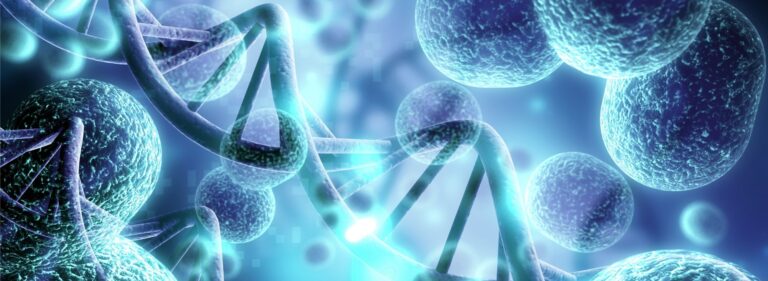
Cell-free DNA (cfDNA) has emerged as a revolutionary tool in the realm of molecular diagnostics, offering a non-invasive window into the genetic information of various bodily tissues. As discussed in a previous post, the development of cfDNA technology is a large step forward in detecting and profiling circulating biomarkers to derive clinically relevant information. However, researchers and clinicians alike face a myriad of challenges when attempting to extract high-quality cfDNA. Here, we will discuss these obstacles and strategies for overcoming them.
Challenges in cfDNA Extraction
cfDNA presents great clinical potential due to its ability to maintain the epigenetic signature of its tissue of origin, providing a snapshot of the current genetic makeup. Still, cfDNA has not reached its peak yet due to major hurdles in high-quality extraction. One such of these is the amount of cfDNA needed for applications downstream. cfDNA is found in low concentrations, making up only 3-6% of total DNA present. Because of this, large sample input volumes are needed to isolate cfDNA to sufficient quantities for downstream analysis.
Another challenge presented to researchers is cfDNA’s short, fragmented nature; the half-life of cfDNA is also relatively short, lasting from as little as 15 minutes, up to a few hours. These characteristics present a need for solutions to preserve and stabilize input samples.
Typical downstream applications like qPCR and Next-Generation Sequencing are often unforgiving in terms of the quality and purity of the cfDNA input. This makes the recovery of cfDNA without contaminating gDNA very crucial in the extraction process, as to assure the precision of the subsequent downstream process is not affected.
Overcoming These Challenges
Given how time consuming and expensive downstream analytical techniques are, and how precious the sample is, it’s critical to have accurate methods to isolate this less abundant cfDNA with higher sensitivity and specificity. One strategy for overcoming the low concentration of cfDNA is optimizing sample collection; using high-quality collection methods and promptly stabilizing large volumes of sample inputs helps minimize risks of contamination while preserving cfDNA.
In addition to this, magnetic bead-based extraction methods have been shown to offer improved yields and higher quality extractions, compared to traditional methods. The high-binding capacity of our Mag-Bind® magnetic beads reduces the volume of magnetic particles required, resulting in a decreased elution volume. The ability to automate our magnetic bead-based extraction kits also cuts down on processing time, which is integral with cfDNA’s short half-life.
Conclusion
Overcoming the challenges associated with cfDNA extraction is paramount for harnessing its full potential in molecular diagnostics and medical research. By adopting innovative techniques and optimizing protocols, researchers and clinicians can pave the way for more accurate and reliable cfDNA analyses. As technology advances, the extraction process will likely become more streamlined, opening new doors for the transformative impact of cfDNA in personalized medicine and disease detection.
WP-0046
